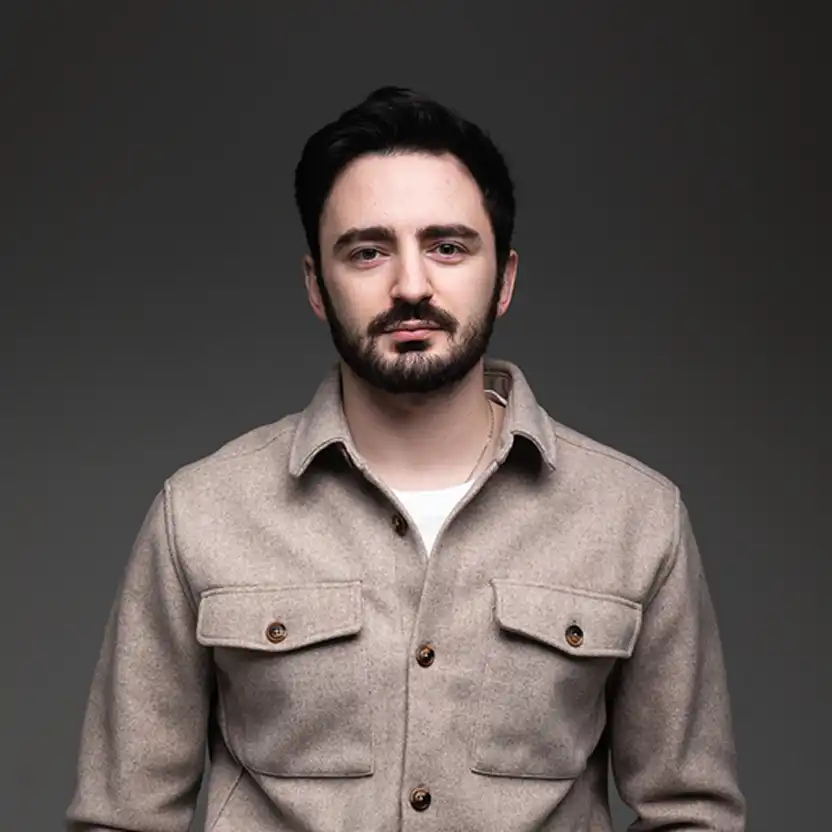What is Product Design?
Product design is the process of envisioning and creating products that address user needs and solve user problems, while maintaining a balance between aesthetic appeal and functionality. It involves the conceptualization, design, and iterative development of a product, taking into account user experience, usability, visual elements, and technology. Product design plays a crucial role in differentiating a product in the marketplace and can significantly impact a brand’s identity and customer satisfaction. This discipline combines creativity with practical considerations to bring compelling and effective solutions to life, integrating fields such as industrial design, UX/UI design, and user research.
Key Takeaways
- Product design encompasses the entire lifecycle of a product, from ideation and concept to production and subsequent refinement.
- It focuses on solving specific problems for users while delivering an engaging and intuitive user experience.
- The process involves close collaboration with cross-functional teams, including marketing, engineering, and business stakeholders.
- Effective product design is crucial for establishing brand identity, enhancing customer satisfaction, and maintaining competitive advantage.
- Incorporating user feedback and testing are integral parts of the product design process to ensure continuous improvement and relevance.
The Process of Product Design
The product design process typically follows a series of stages: discovery, ideation, prototype, testing, and implementation. During the discovery phase, teams conduct research to understand market needs and user personas. Ideation involves brainstorming sessions to generate creative ideas that meet these needs. Prototyping allows designers to create basic models or versions of the product, which can be tested for functionality and user experience. Testing gathers critical feedback from users, which fuels further refinement. Finally, successful design is implemented into production, often with continued iterations based on market and user feedback.
The Role of Technology in Product Design
Technology is a driving force in modern product design, enabling innovative solutions and new functionalities. The integration of digital tools and platforms allows designers to create more sophisticated prototypes, enhance collaboration across teams, and accelerate the overall design process. Technologies such as 3D printing, virtual reality, and augmented reality are increasingly employed to bring concepts to life in more vivid and interactive ways, providing a more immersive experience for both designers and users. In addition, the growing field of data analytics offers invaluable insights into user behavior and preferences, informing better design decisions.
The Bottom Line
Product design is a vital component of any company's strategy to develop successful and competitive products. It goes beyond mere aesthetics to encompass the entire user experience and functionality, which are crucial for attracting and retaining customers. For businesses, investing in robust product design processes can lead to increased market share, customer loyalty, and brand recognition. For professionals in the field, possessing a deep understanding of the principles and trends in product design not only enhances career opportunities but also enables them to contribute meaningfully to innovations that shape the way we live and interact with the world around us.















